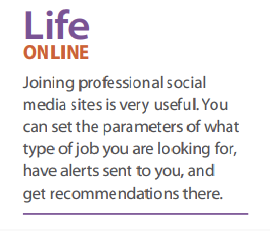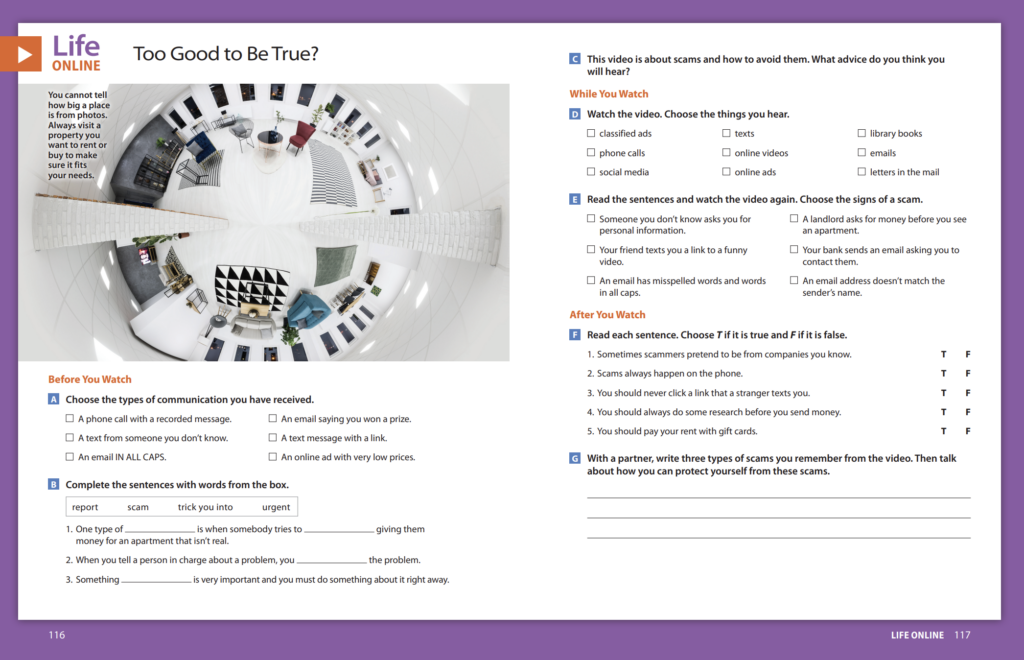Recently, the National Skills Coalition did a study on the relationship between employability and digital literacy. Through analyzing a sample of job ads, they concluded that, across all industries, 92% of jobs require digital literacy skills. While that percentage is large, it’s possible that this statistic is still a bit of an underestimate. Whether or not the job requirements specifically list digital literacy skills, the fact remains that these job listings are all online and not in a newspaper as they once were. Even if the job is analog, the door is digital.
So what does that mean for our students? What does it mean for our classrooms?
- It means recognizing that digital literacy intersects with every goal of the ESL classroom: employability, yes, but also academic skills and life skills.
- It means being cognizant that adult ESL students are required to decode iconography that may relate to a more analog world they never lived in. Consider the ‘Copy’ and ‘Save’ icons in a Microsoft Word document, for example — did you know that these icons are a floppy disc? Do you know what a floppy disc is?

- It means being aware that English-speaking digital literacy contains cultural references and practices that students may not be familiar with.
- It means rethinking everything from our basic vocabulary lists on classroom items to the concept of what “going” to class even means.
- And it means building critical thinking into digital fluency, as a matter of not only privacy, but also safety.
The goals of Stand Out, since its first edition, have always been to support student success in work, academics, and life. It has been a natural transition, therefore, in this fourth edition, to include digital literacy development as a key part of the curriculum. Today, we cannot separate digital literacy skills from anything we might want to accomplish in class, at work, or in the digital wild, be it in our banking practices, our medical records, or our relationship with social media. An explicit aim of this new edition is to support students in developing an understanding of the following principles.
“Even if the job is analog, the door is digital.”
Netiquette
Otherwise known as appropriate digital etiquette, you can first think of ‘netiquette’ as everything you would want to happen (or, perhaps more importantly, not to happen) if you were teaching on Zoom. Classroom behavior is also a transferable skill to the workplace, and understanding the dos and don’ts of communicating with a teacher or boss are also part of this category. Finally, students are walked through suggestions on how a device can help their learning, but also how it can hinder them. Setting boundaries that allow for focus time and minimize distraction is also its own digital skill.

Digital Footprint and Privacy
If a student applies for a job and the employer looks them up online, what will they see? Social media and networking sites can be an important tool for getting hired (indeed, professional profiles are essentially required in many places). They are also important in our social lives, affecting our ability to fully engage with our communities. It is critical that we help our students understand how to take advantage of social media tools responsibly and appropriately—and how to avoid a misstep that might haunt them.
Safety and Security
This category covers everything from password security—which can be taught at even the lowest language levels—to the critical thinking skills required to recognize scams. As such, it reinforces everything from financial literacy, to academic reading skills, to digital street smarts. As we train students to react calmly, with reason and logic rather from emotion, to alarming emails or too-good-to-be-true real estate ads, we protect them from being at a disadvantage against scammers, spammers, and hackers.
As shown in the above examples, in service of these goals, Stand Out, Fourth Edition has added explicit digital literacy call outs and videos called Life Online that cover these important topics in accessible, lighthearted, and practical ways. We hope our users, however, will feel that this emphasis in the curriculum is simply a natural progression of how we can support the series’ original goals. We invite our instructional community to view digital literacy as one of the most important tools we can give our students to be fully and successfully engaged in their communities and their career paths. Life, after all, is now online.
For more strategies to help students develop essential digital literacy skills, watch the recording of the webinar Helping ESL Students with Life Online: Digital Literacy in Adult Ed, presented by Katie Davis and Adam Robinson.




